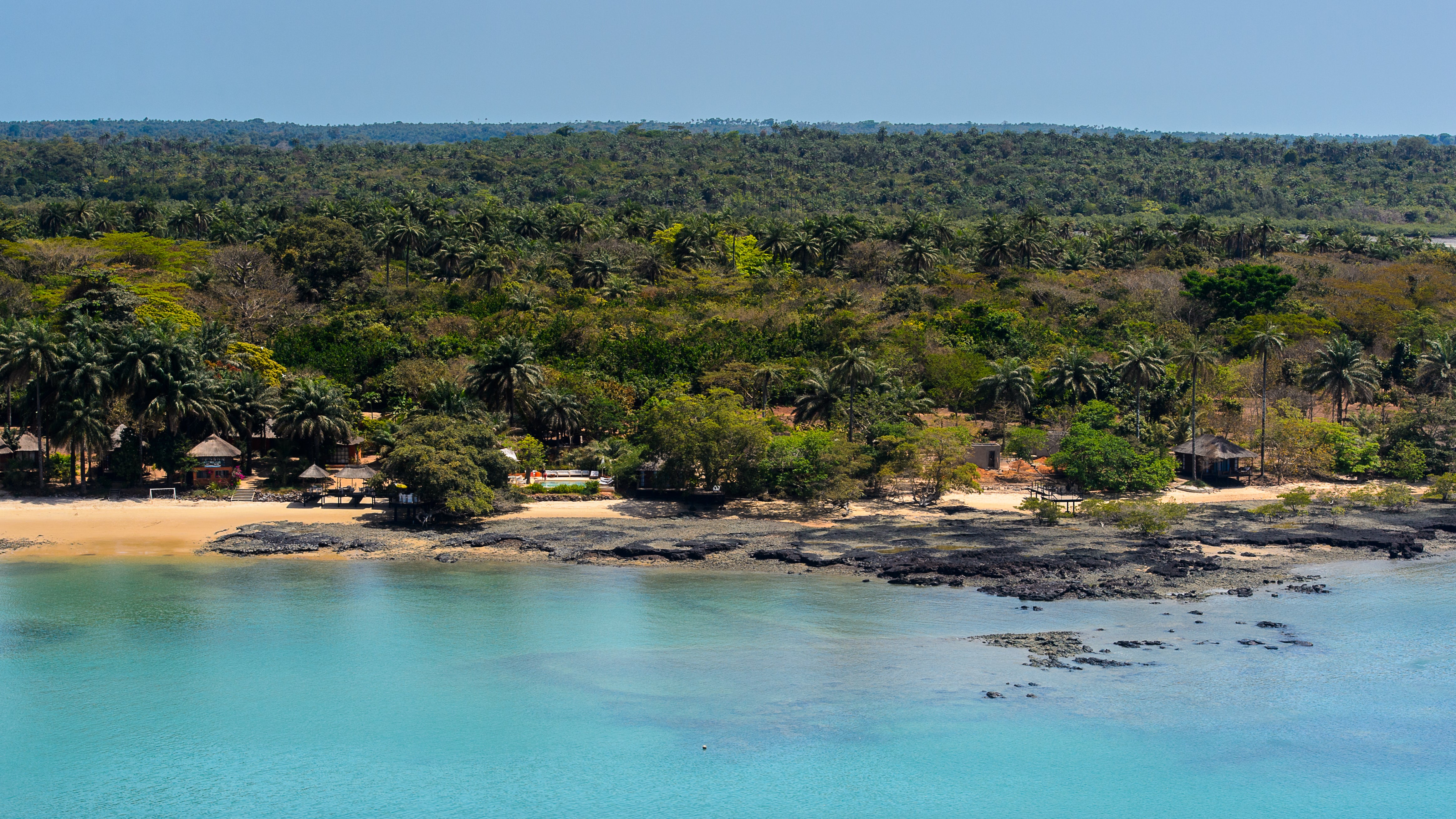New additions to Unesco’s World Heritage Sites have been announced for 2025 – with 26 properties, including Bavarian palaces in Germany and a Brazilian river canyon, now featured on the list.
The United Nations Educational, Scientific and Cultural Organisation, better known as Unesco, inscribes world heritage properties it considers as having “outstanding universal value”.
Unesco’s World Heritage Committee met for its 47th meeting from 6 to 16 July 2025 in Paris, France.
Of 32 nominations this year, 21 cultural, four natural and one mixed property were granted World Heritage status.
The Palaces of King Ludwig II of Bavaria – Neuschwanstein, Linderhof, Schachen and Herrenchiemsee – built between 1864 and 1886 were added to the list as they “reflect the romantic and eclectic spirit of the era”.
Unesco said that the palaces, open to the public since Ludwig died in 1886, “showcase historicist styles and advanced 19th-century techniques” and remain “major cultural landmarks”.
Read more: The original ‘Disney castle’ finally named as Unesco World Heritage Site
Elsewhere in Europe, the Minoan Palatial Centres in Greece, Megaliths of Carnac and of the shores of Morbihan, France, the Funerary Tradition in the Prehistory of Sardinia and Denmark’s Møns Klint also made the list of newcomers.
The Minoan archaeological sites on Crete were found to highlight “the complexity of the Minoans’ social structure” while the Danish chalk cliffs host “diverse flora and fauna”, including the almost-threatened Large Blue butterfly.

As for the rest of the world, twelve major fortifications– the Maratha Military Landscapes of India – have been granted world heritage status for their “key role in the Marathas’s rise as a major political and military force”.
China’s Xixia Imperial Tombs similarly featured. The nine imperial mausoleums, 271 subordinate tombs and 32 flood control structures became a “multicultural civilisation modelled on Chinese imperial traditions”
Unesco said that this property reflects the Xixia dynasty’s religious and socio-political legacy.
.jpeg)
Murujuga, a landscape of ancient rocks in northwest Australia, has also been added to the list for 2025.
The property holds “profound cultural and spiritual significance, reflecting over 50,000 years of continuous care and use”, according to Unesco.
Newly inscribed natural properties include a series of coastal and marine ecosystems in the Bijagós Archipelago in Guinea-Bissau, home to endangered Green and Leatherback turtles, and Brazil’s Peruaçu River Canyon that supports over 2,000 plant and animal species.

Mount Kumgang in the Democratic People’s Republic of Korea is the only newly inscribed mixed property – cultural and natural – this year, with granite peaks and three active Buddhist temples creating a “intangible heritage deeply intertwined with the landscape”.
The 26 new sites bring the list up to 1,248 locations worldwide.
Unesco’s new World Heritage Sites for 2025
- Cambodian Memorial Sites: From centres of repression to places of peace and reflection, Cambodia
- Coastal and Marine Ecosystems of the Bijagós Archipelago – Omatí Minhô, Guinea-Bissau
- Cultural Heritage Sites of Ancient Khuttal, Tajikistan
- Diy-Gid-Biy Cultural Landscape of the Mandara Mountains, Cameroon
- Faya Palaeolandscape, United Arab Emirates
- Forest Research Institute Malaysia Forest Park Selangor, Malaysia
- Funerary Tradition in the Prehistory of Sardinia – The domus de janas, Italy
- Gola-Tiwai Complex, Sierra Leone
- Maratha Military Landscapes of India, India
- Megaliths of Carnac and of the shores of Morbihan, France
- Minoan Palatial Centres, Greece
- Mount Kumgang – Diamond Mountain from the Sea, Democratic People’s Republic of Korea
- Mount Mulanje Cultural Landscape, Malawi
- Murujuga Cultural Landscape, Australia
- Møns Klint, Denmark
- Peruaçu River Canyon, Brazil
- Petroglyphs along the Bangucheon Stream, Republic of Korea
- Prehistoric Sites of the Khorramabad Valley, Iran
- Rock Paintings of Shulgan-Tash Cave, Russian Federation
- Sardis and the Lydian Tumuli of Bin Tepe, Türkiye
- The Archaeological Ensemble of 17th Century Port Royal, Jamaica
- The Colonial Transisthmian Route of Panamá, Panama
- The Palaces of King Ludwig II of Bavaria: Neuschwanstein, Linderhof, Schachen and Herrenchiemsee, Germany
- Wixárika Route through Sacred Sites to Wirikuta (Tatehuarí Huajuyé), Mexico
- Xixia Imperial Tombs, China
- Yen Tu-Vinh Nghiem-Con Son, Kiep Bac Complex of Monuments and Landscapes, Viet Nam
For more travel news and advice, listen to Simon Calder’s podcast
